What Is The Best Milk For A Matcha Latte?
What is the best milk for a matcha latte? Keep reading to learn which milk to choose for your next hot or iced matcha latte and what to avoid.
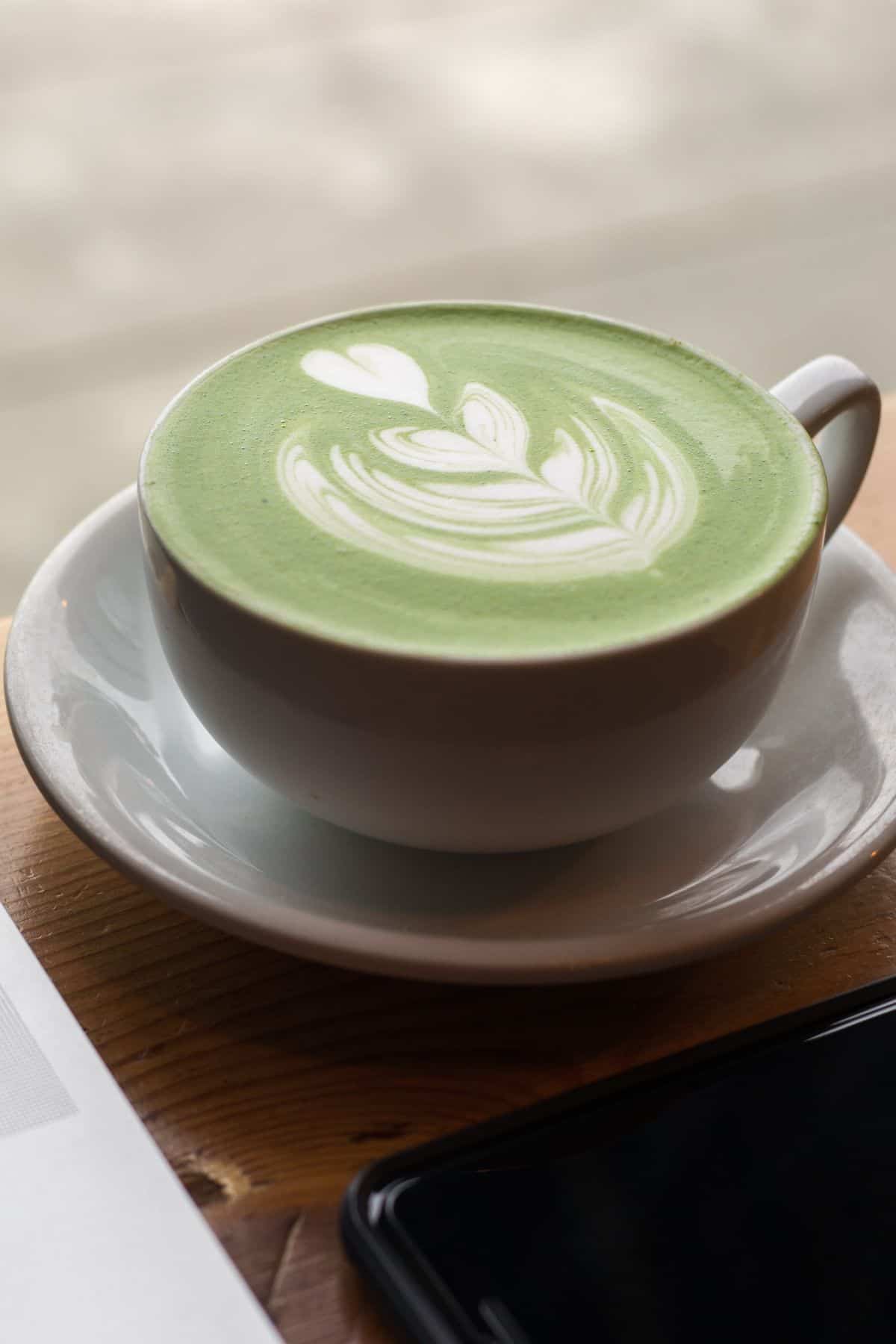
Matcha, a type of green tea powder made from finely ground green tea leaves, has been consumed in Japan for centuries and is traditionally served with hot water. Today, this popular green tea latte is served with milk or milk alternatives at coffee shops around the world.
This versatile ingredient goes beyond the latte though. You’ll find matcha ice cream, chia pudding, cookies, boba or bubble tea, and so much more. But just like any ingredient pairing, some milk complements matcha’s rich, earthy, umami taste, while others overpower it.
Best Non-Dairy Milk For Matcha Latte
No matter what your choice of milk is, choose an option without any added sugar. If you like your matcha latte to be a little sweeter, add in 1-2 teaspoons of a liquid sweetener such as maple syrup or infused-simple syrup.
Oat Milk
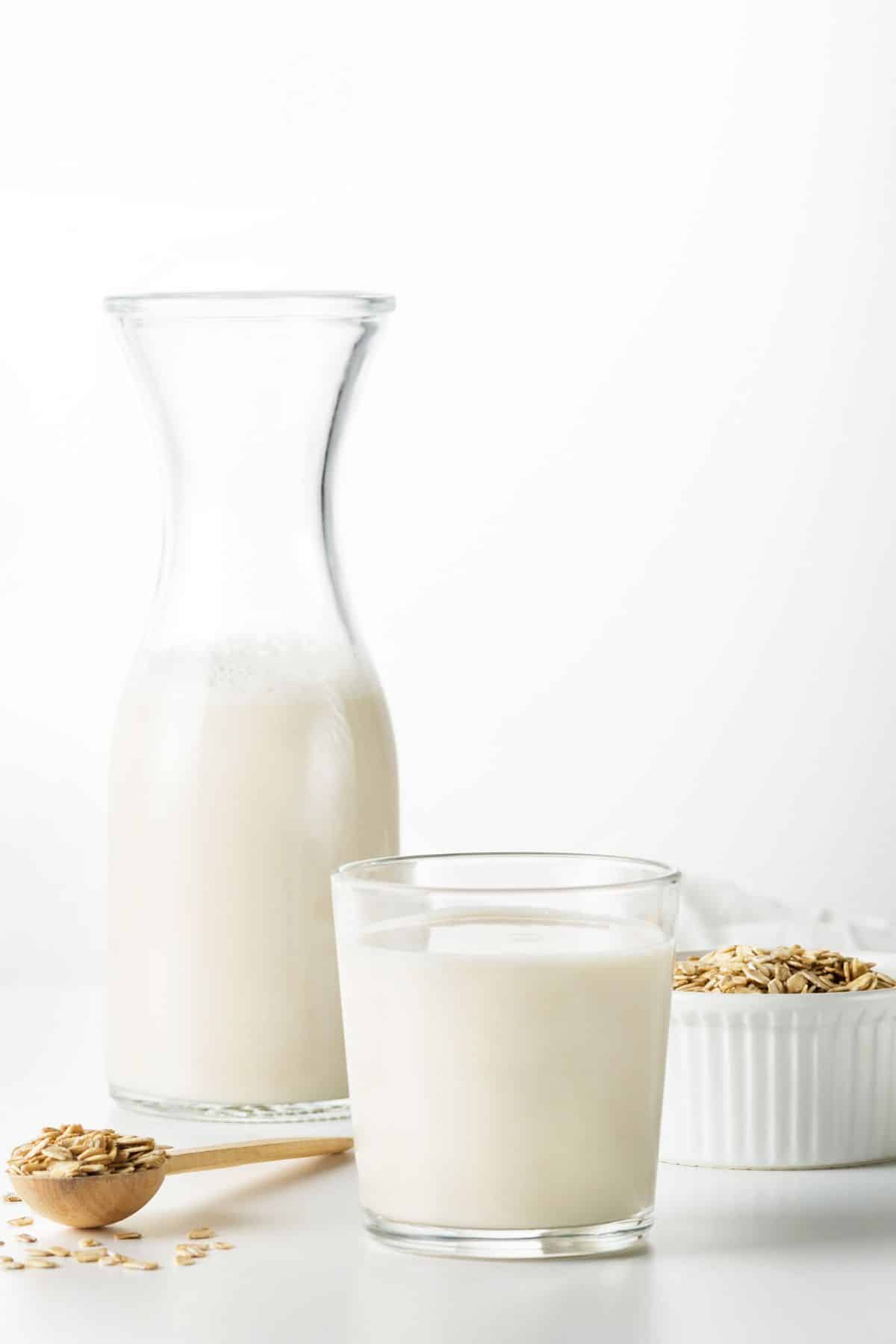
Oat milk is a nut-free, plant-based milk with a subtly sweet, neutral taste, and creamy texture that allows the flavor of the matcha to shine through. It also froths nicely and doesn’t curdle when heated which yields a creamy matcha latte for either a hot or iced beverage.
Coconut Milk
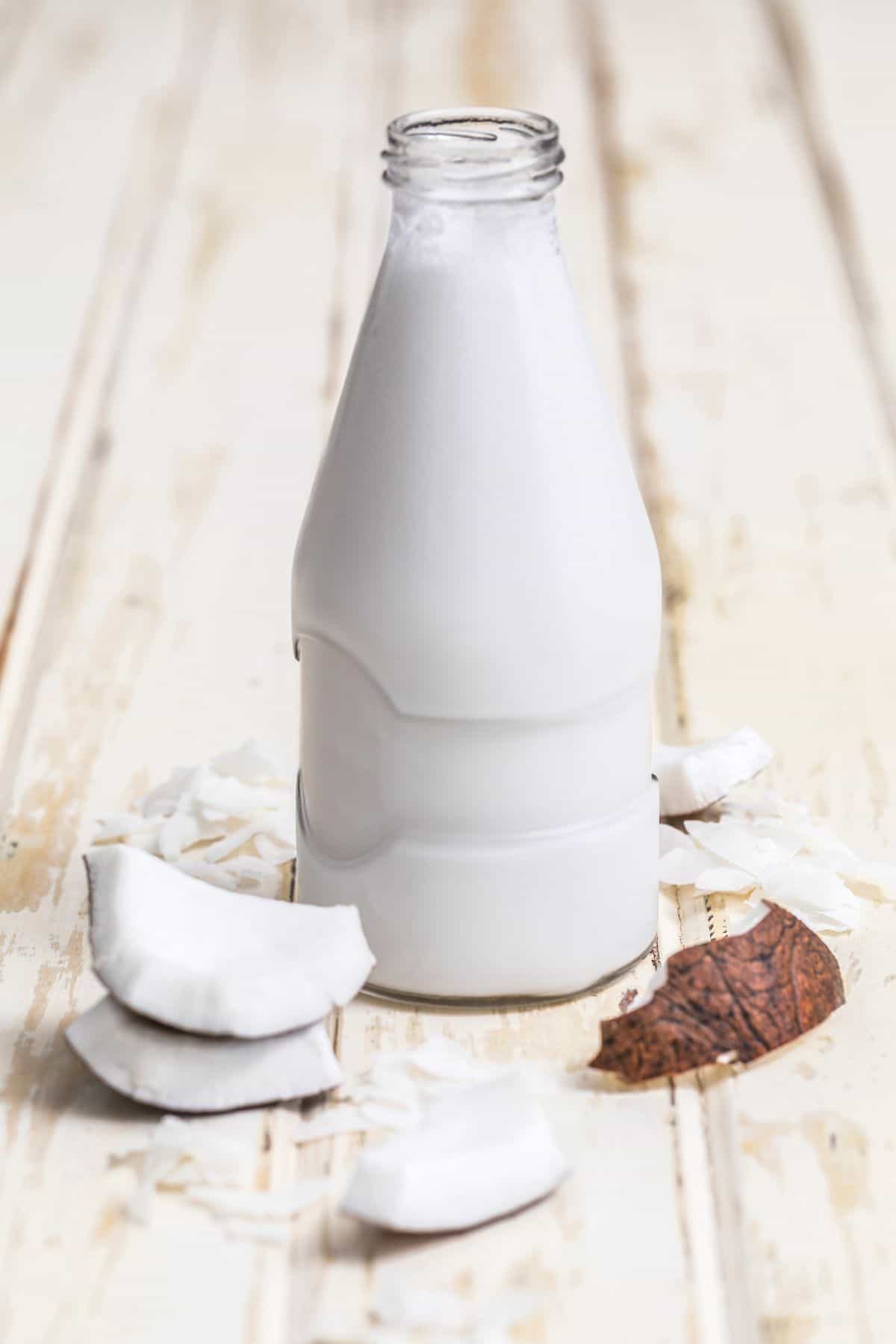
Coconut milk is another nut-free, plant-based milk with a subtly sweet, coconut-forward taste, and creamy texture. Its coconut flavor pairs well with a stronger brewed matcha. For best results, use this milk substitute for iced lattes as it does curdle at higher temperatures. Because it’s high in healthy fats, it’s very rich. For a lighter drink, choose lite canned coconut milk or a coconut milk beverage.
Soy Milk
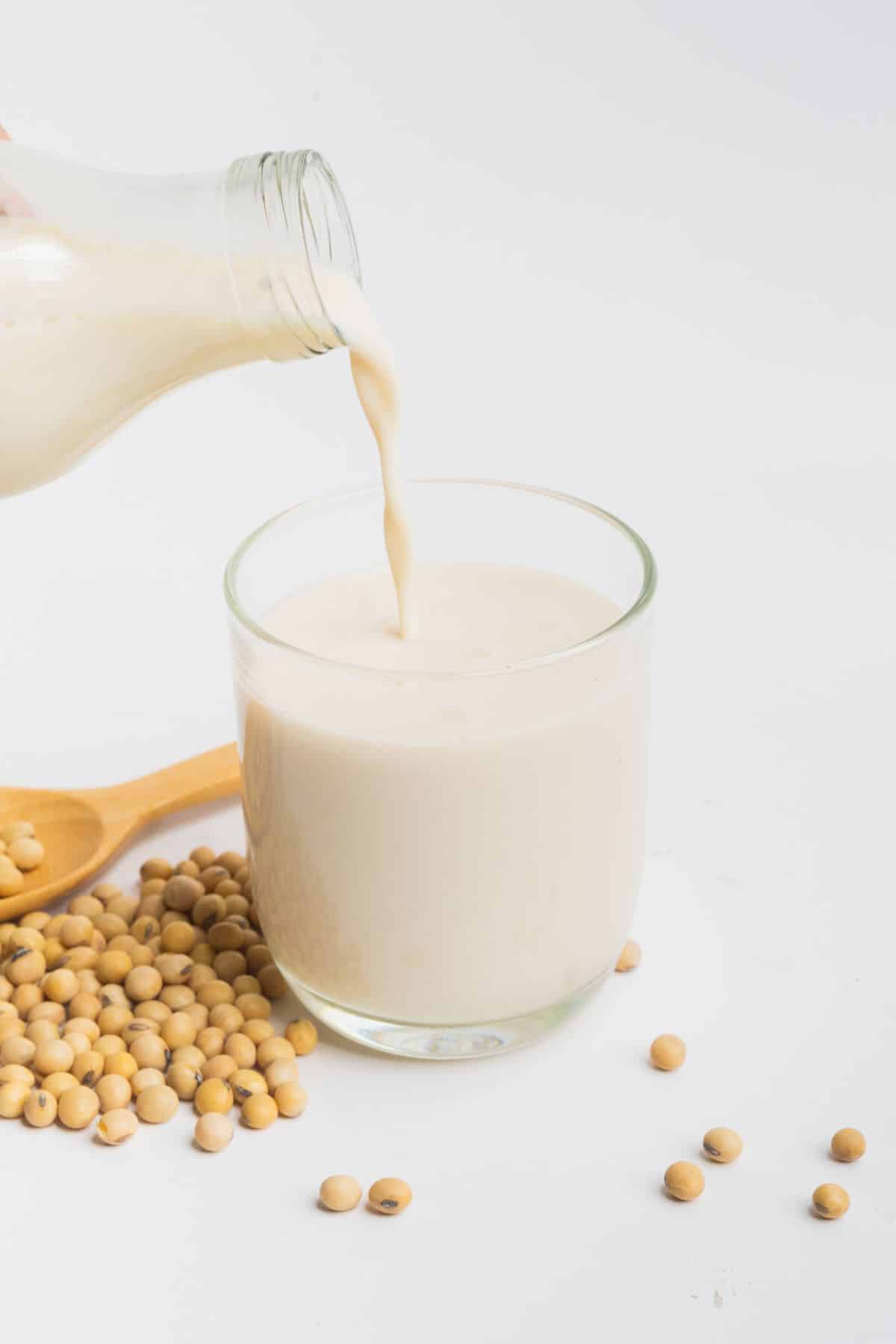
Soy milk is a dairy alternative that’s nut-free with a slightly earthy and nutty taste. Some brands can have an overpowering beany taste, so experiment with different brands to see which one you like best. Soy milk froths nicely but will curdle at higher temperatures so enjoy warm or iced.
Nut-Based Milk
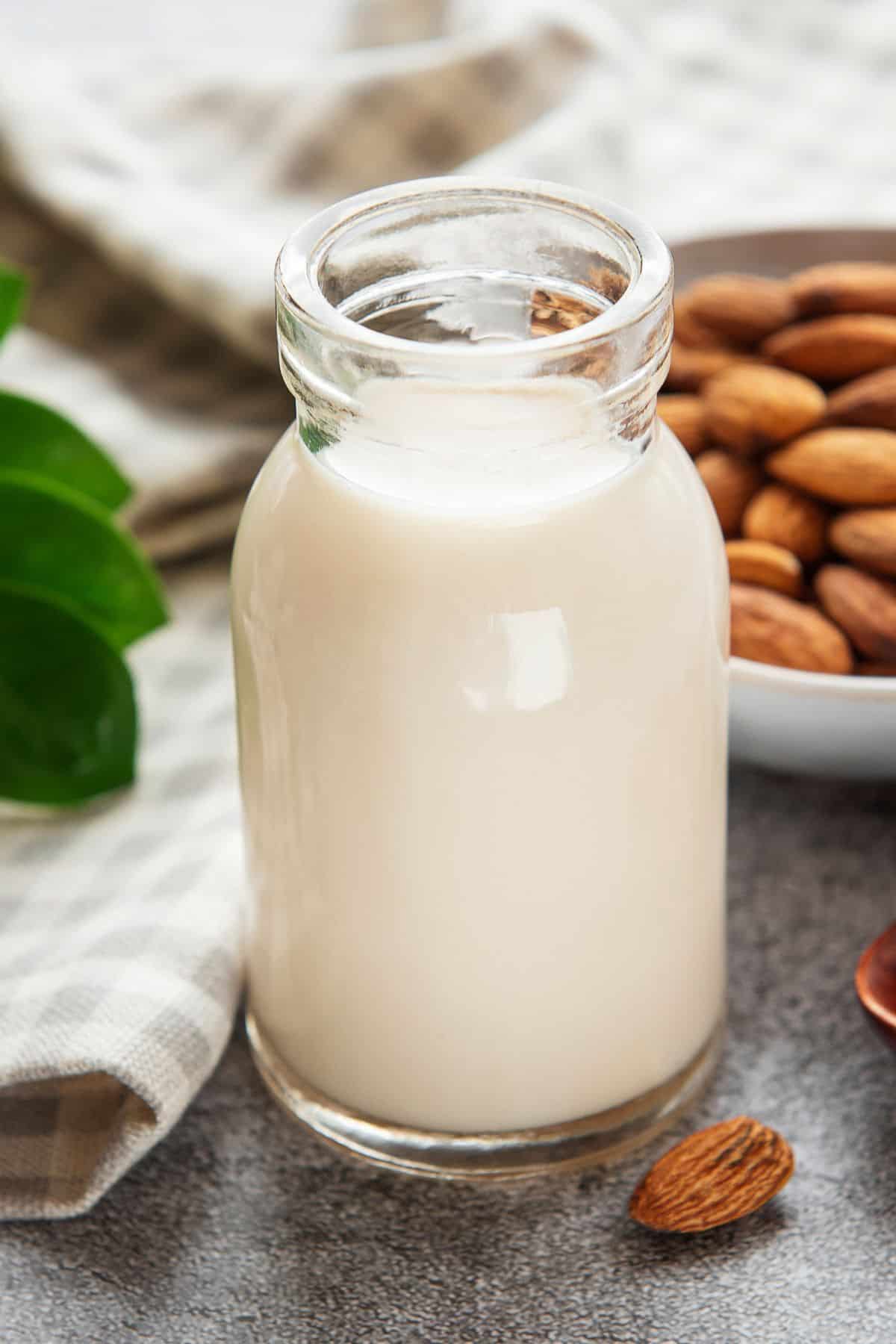
Nut milk (such as almond milk, macadamia milk, or cashew milk) has a slightly nutty, but mostly neutral taste and allows the matcha flavor to really shine through. This type of milk can be frothed and enjoyed warm or iced. Plus, they’re easy to find at most grocery stores or can be made at home.
More Dairy-Free Milk Options
More dairy-free milk options for matcha lattes include pumpkin seed milk, hemp milk, or rice milk. Both pumpkin and hemp milk has a bitter taste that can overpower the matcha. If choosing one of these options, make sure to add maple syrup to balance out the flavor. Rice milk is naturally sweet, but not nearly as creamy as other options, so it wouldn’t be my first choice for a matcha latte.
Tools Needed
To make the best matcha latte at home, you’ll need a small fine mesh sieve to push the powder through, a small bowl, and a bamboo whisk (called a Chasen). A milk frother is an optional, inexpensive tool if you like creamy foam on top of your latte.
Top Tips For Making the Best Latte
No matter what your milk of choice is, use ceremonial-grade matcha (not culinary-grade) for the best flavor. It has a vibrant green color and a smooth, buttery, taste. There are so many options out there, but my favorite brands remain Ippodo and Kyoto Dew.
Dairy milk such as whole milk has a strong taste that overpowers the delicate flavor of matcha, so it’s best to choose one of the non-dairy options above.
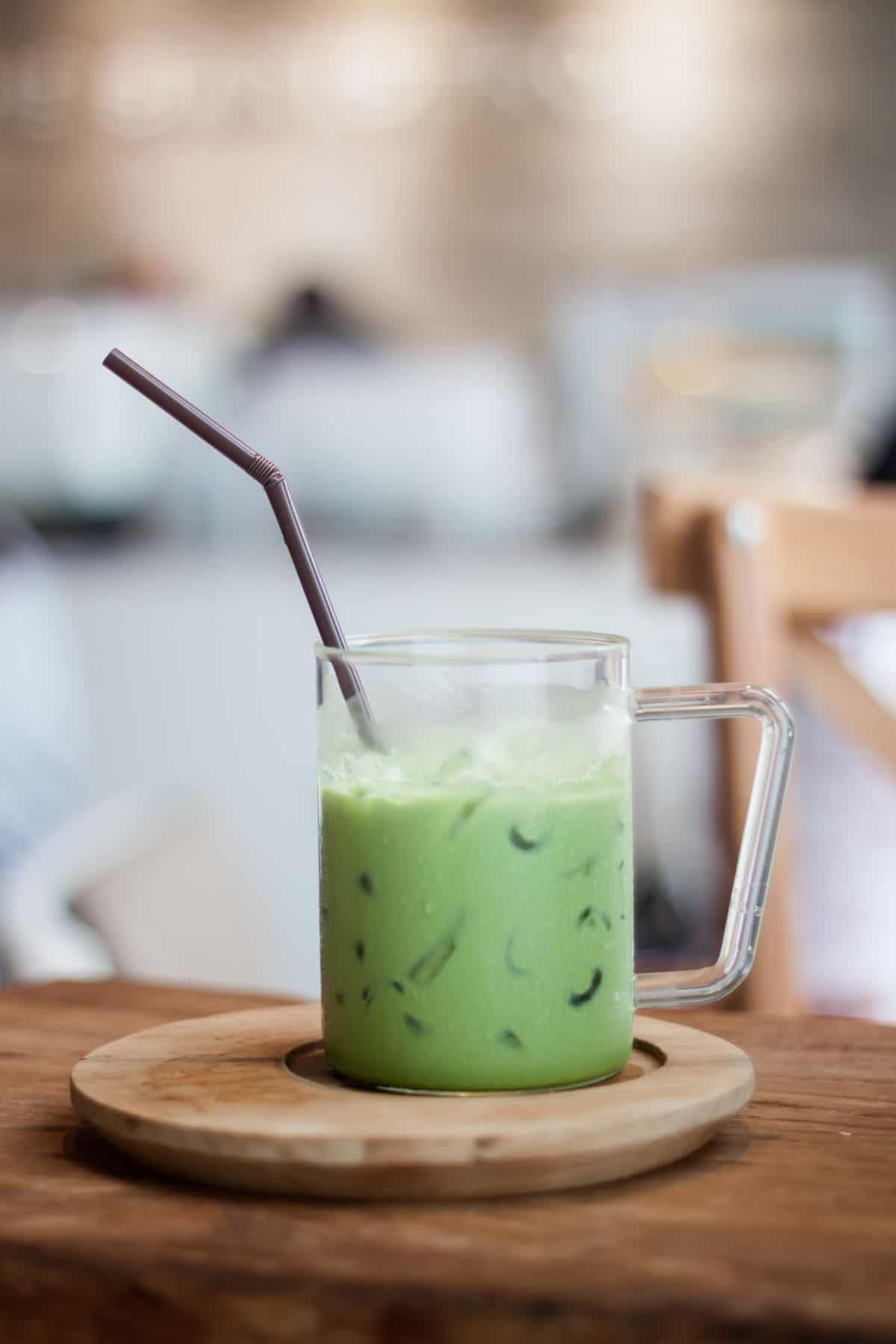
Frequently Asked Questions
There are serious health benefits to drinking matcha. It has high levels of antioxidants and its concentrated levels of chlorophyll are helpful in clearing up skin and protecting against inflammation.
It also contains l-theanine, an amino acid, which is known as a natural calming agent that promotes relaxation. Since it’s combined with caffeine, it provides sustained and focused energy.
The best way to sweeten a matcha latte is by using a liquid sweetener such as maple syrup or simple syrup (either infused or plain). Granulated sugars and sweeteners such as honey or agave generally don’t mix well into cold drinks and all congregate at the bottom.
If your matcha latte tastes very dull, extra bitter, and grassy, it’s likely because it was made with a low-quality, culinary-grade matcha powder. When making your own matcha latte at home, use ceremonial-grade matcha. My favorite brand is Ippodo. It has high-quality matcha at various price points.

